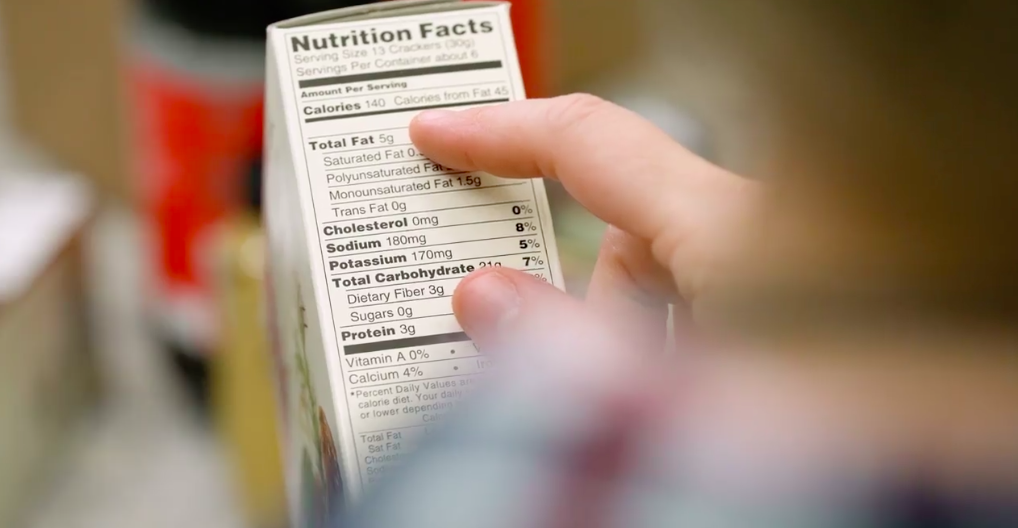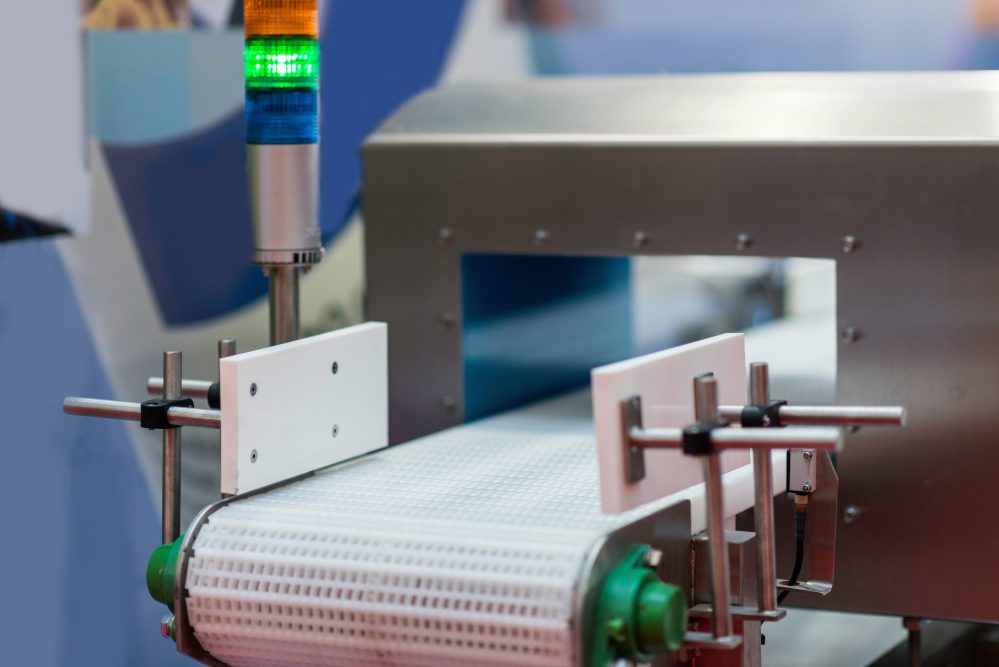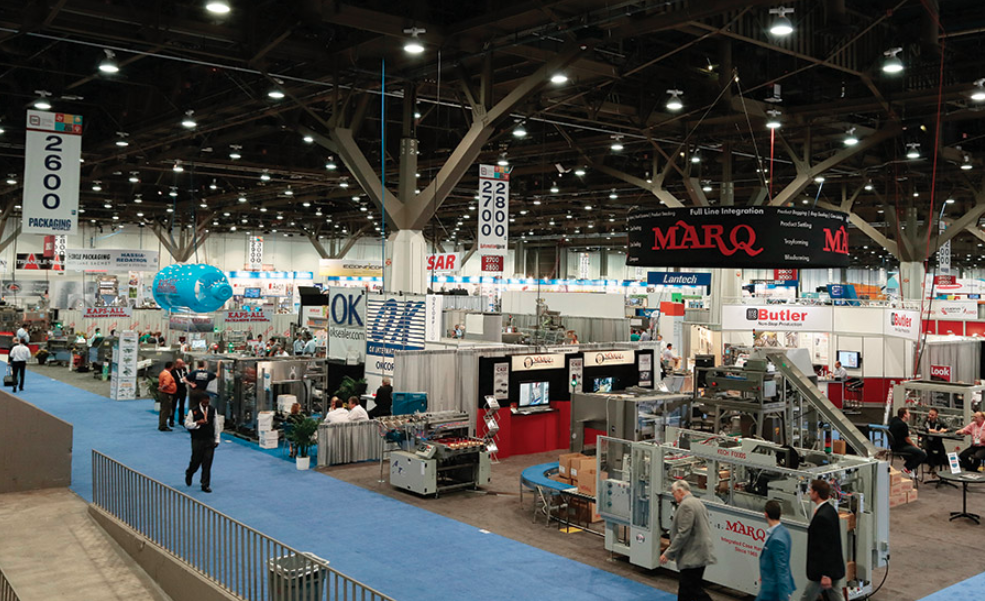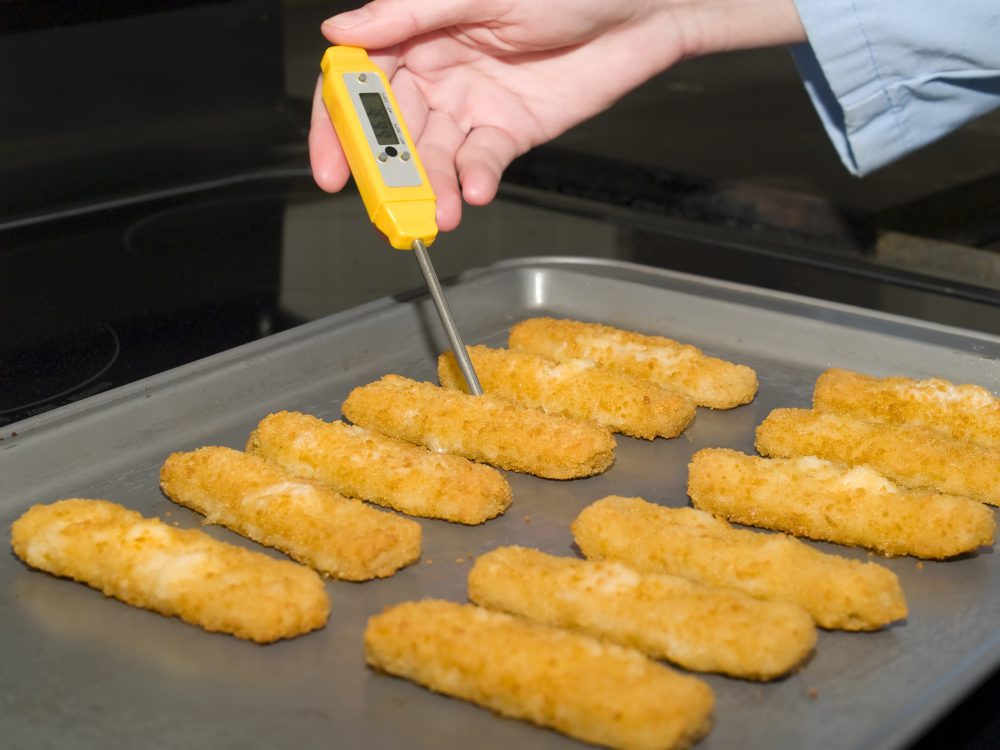Preventing Allergen Control Failures and Labeling Mistakes
There were a total of 440 recalls of FDA and USDA regulated food products in 2017.
The single leading cause of recalls last year? The presence of undeclared allergens and the misbranding of products.
A total of 218 recalls (nearly half of the total) were announced because a product contained ingredients that weren’t declared on the label, such as:
Continue Reading “Preventing Allergen Control Failures and Labeling Mistakes”




![How a Facility Assessment Helped Royal Cup Coffee Build, Expand and Renovate Efficiently [Case Study]](https://stellarfoodforthought.net/wp-content/uploads/2017/01/Screen-Shot-2017-01-25-at-10.59.02-AM.png)






